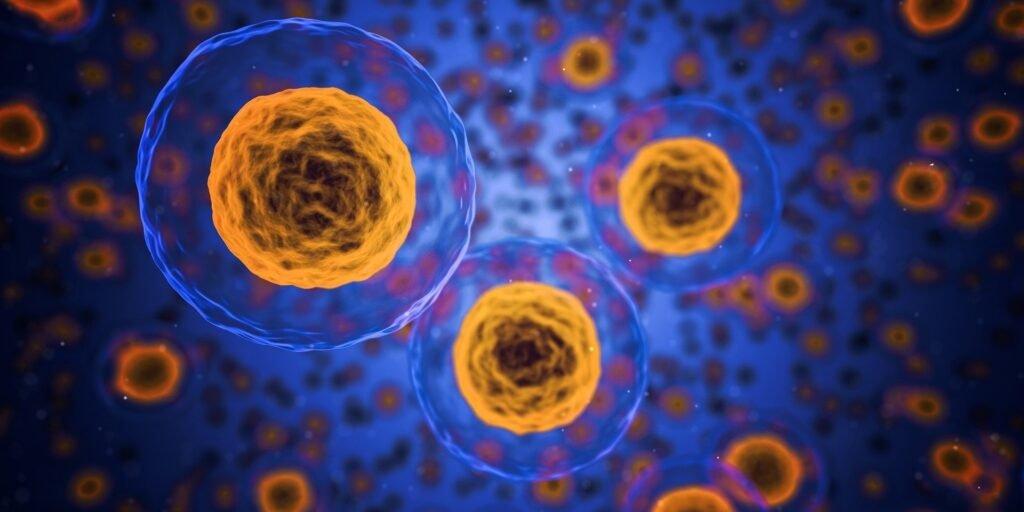A groundbreaking study led by a team of international researchers, spearheaded by scientists at City of Hope, has shed light on a crucial target for cancer treatment. Published in Science Advances, the research delves into the intricate signaling process involving paxillin, a focal adhesion protein that serves as a vital connector to other proteins. This study suggests that despite its dynamic nature, paxillin may present vulnerabilities that could be exploited for therapeutic purposes.
Dr. Ravi Salgia, the Arthur & Rosalie Kaplan Chair in Medical Oncology at City of Hope, highlights the significance of disrupting the interaction between paxillin and focal adhesions in the context of cancer treatment. By pinpointing specific functions of paxillin that are prevalent in cancer cells but less common in healthy cells, precision therapeutics could be developed to target these mechanisms.
The research provides new insights into the complex network of cellular proteins, with a particular focus on paxillin’s role in driving cellular responses to environmental cues. This adaptive behavior enables cancer cells to evolve, evade detection, and develop resistance to treatment. Dr. Salgia and his team have dedicated over three decades to unraveling the functions of paxillin, with their pioneering work on cloning the full-length human gene in 1995.
To better understand the interaction between paxillin and its binding partner, focal adhesion kinase (FAK), the team delved into the structural dynamics of these proteins. Despite the challenges posed by their constantly changing conformation and disorderly nature, the researchers identified key structural features that play a critical role in their interaction. By honing in on these specific structures, the team uncovered a novel mechanism of protein interaction that has broad implications for the field of disordered proteins.
Utilizing advanced spectroscopic techniques and dynamic simulations, the researchers were able to elucidate the structural characteristics of the paxillin-FAK interaction. This multidisciplinary approach, which included the creation of a computer-generated 3D model, provided a comprehensive view of how these proteins interact and highlighted potential targets for therapeutic intervention.
The collaborative effort involved researchers from City of Hope, the University of Maryland, and the National Institute of Standards and Technology, showcasing the importance of interdisciplinary research in advancing our understanding of complex biological processes. The findings of this study offer a valuable roadmap for future research efforts aimed at targeting dynamic protein interactions in cancer therapy.
This study, led by Dr. Salgia and his team, represents a significant step forward in unraveling the intricate mechanisms underlying cancer cell behavior and resistance to treatment. By shedding light on the dynamic interplay between paxillin and focal adhesions, this research opens up new avenues for the development of precision therapeutics that could potentially revolutionize cancer treatment strategies.


